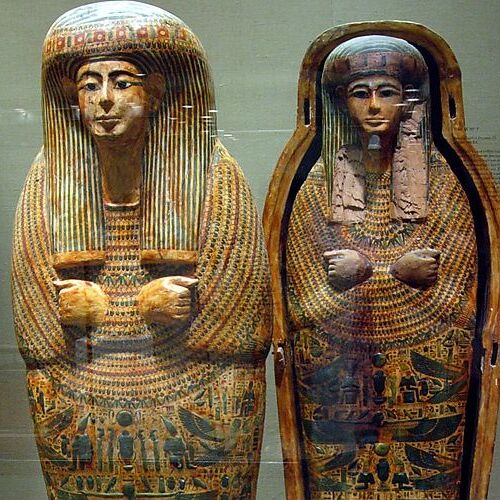The Red Monastery
The Red Monastery: A Historical Overview
The Red Monastery, situated in a quaint village in Egypt, is a remarkable historical monument with a rich heritage. Here’s a detailed look at its background and significance:
Founding and Early History
- The monastery was established in the 5th century by St. Bishoi, a former robber who became a disciple of St. Shenouda.
- It is named for its red brick walls, distinguishing it from the nearby White Monastery.
Significance in Byzantine Architecture
- The Red Monastery is one of the only three surviving structures of the Byzantine architectural era.
- It stands alongside the Hagia Sophia in Istanbul, Turkey, and the Basilica of San Vitale in Ravenna, Italy.
Architectural and Artistic Features
- The monastery is renowned for its ancient wall paintings, dating back to the 10th and 12th centuries, showcasing vibrant colors and intricate designs.
- These frescoes are significant for their historical and artistic value, providing insight into the religious and cultural life of the period.
Preservation and Restoration Efforts
- Over the years, the monastery has undergone various restoration projects to preserve its original structure and frescoes.
- These efforts have helped maintain its status as a significant historical monument.
Current Status and Tourism
- Although not a mainstream Egyptian tourist attraction, the Red Monastery attracts thousands of visitors annually, including tourists and official envoys from countries like Britain, the Vatican, and the USA.
- Its unique architectural style and historical significance make it a hidden gem for cultural and historical enthusiasts.
Cultural and Religious Importance
- The monastery continues to function as a site of Christian worship, retaining its spiritual significance.
- It serves as a testament to the historical richness of Christian monastic life in Egypt.
The Red Monastery’s enduring legacy is a testament to the rich tapestry of religious, cultural, and architectural history in Egypt. Its preservation allows present and future generations to appreciate and study an important era in Byzantine art and architecture.
Created On March 18, 2020
Updated On January 24, 2024
Sohag Travel Guide



